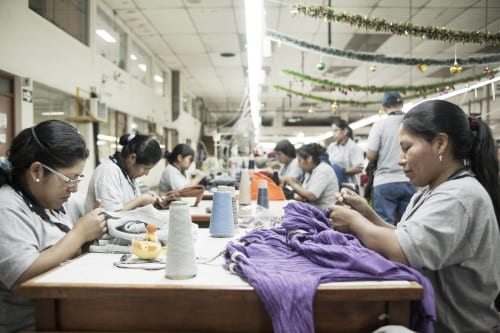About NATURTEXTIL IVN zertifiziert BEST
This quality standard, known primarily within Europe, currently defines the highest level of textile sustainability by applying the maximum currently achievable parameters to production and product.
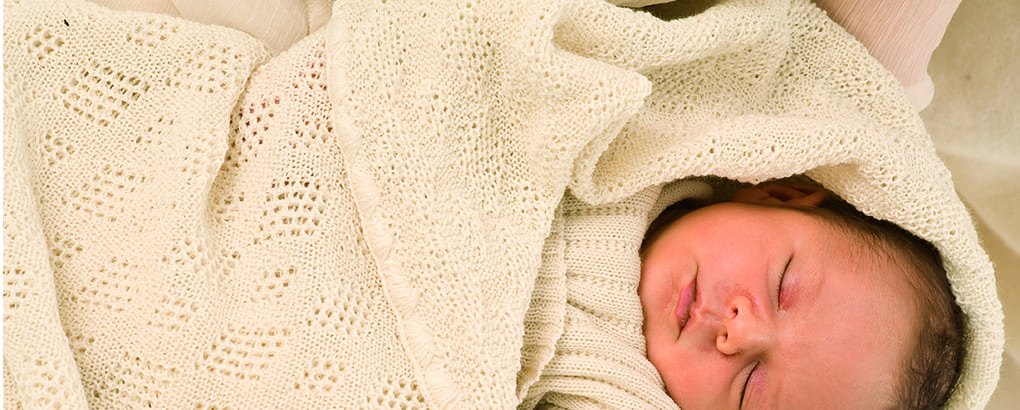
Since 2000, BEST incorporates the guidelines for sustainable textiles on the basis of definitions of ecology and social accountability formulated by Internationalen Verband der Naturtextilwirtschaft e. V. (IVN), applied to the entire textile production chain. Because this represents the highest currently achievable level of production, it is logical that only a limited number of products can meet them.
For a copy of these guidelines in PDF please click here.
Awareness of environmental protection
A business wanting to produce on a sustainable basis must first define an individual plan of action. BEST guidelines require that businesses formulate an environmental policy. This document, which must be submitted to the certification entity, includes provisions to minimize and monitor waste production and environmental impact as well as contingency plans for waste or other pollution, documentation of personnel training on the subjects of optimised water and energy inputs, the correct and optimal use of chemicals and their appropriate disposal, as well as programs to improve operating procedures on these issues.
Really natural begins at the beginning.
The basis for every textile is the fibre from which it is produced. This is why fibre is the particular focus of the BEST quality seal which requires that a textile surface (in other words the actual weave or knitting without notions such as zippers, ribbing, inlays, lining, buttons etc) consist of 100% natural fibre originating either in certified organic farming (kbA) or certified organic animal husbandry (kbT). Synthetic fibres such as elastic, poly-acrylics or rayon may only be permitted for some ingredients and accessories.
Synthetic fibres have distinct advantages, for example in improving the elasticity of underwear and hose/socks. From an ecological perspective, however, they are unacceptable as they can be produced only through the use of inordinate amounts of energy and on the basis of non-renewable resources.
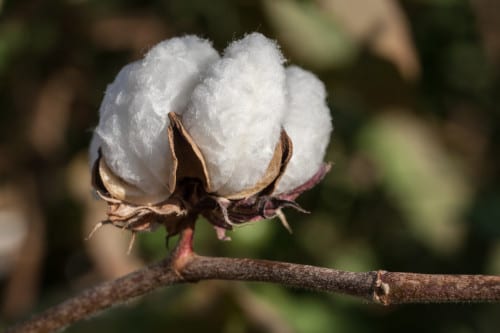
Organic please!
Even producing natural fibres can be environmentally damaging. Cotton, for example, requires an inordinate use of pesticides and water, resulting in substantial environmental damage. This is true primarily for conventional fibre cultivation. Certified organic fibres do not use synthetic fertilizers or crop protection. Nor are the highly toxic defoliation chemicals often used in cotton cultivation allowed. Organic cotton is hand-picked. The production of animal fibres such as wool or silk must also meet high standards: no synthetic pesticide baths for sheep, species appropriate animal husbandry and organic feed.
But producing fibre is only the first step in the many and myriad processes involved in a finished garment. These include for example spinning, dying, weaving, knitting finishing, cutting and sewing.
Chemical management – in all production steps
Conventional production can involve dangerous substances in all processes. For BEST certified textiles, they are strictly forbidden or extremely restricted. The EU directive 67/548/ lists a substantial number of individual hazardous substances, specifying a legal classification and designation for each. These are the so-called „R‑clauses“, or Risk-Clauses.
BEST categorically forbids the use of any substances listed as carcinogenic, damaging to genetic makeup, substances that impair fertility or endanger unborn life. Particularly dangerous substances are also individually listed as forbidden or as severely restricted. These include, for example, under the heading Permanent AOX, a number of organic compounds using chrome, bromide, chlorine or fluoride that are not easily bio-degradable. They tend to accumulate in the human body, for example in blood, fatty tissue or mother’s milk, and can be carcinogenic.

From fibre to yarn …
The next step in the textile production chain is processing fibres to yarns, ie spinning. Before fibres can be spun, they must be cleaned or freed of dirt particles. This is done by washing. The remaining impurities are removed either chemically or with a treatment with sulphuric acid (carbonisation). A more environmentally respectful method is mechanical: combing the yarn. During spinning and plying, lubricants (oiling) or plying oils are added which can later contaminate waste water and exhaust air. BEST allows only paraffin, paraffin oils or substances derived from natural raw materials and only if absolutely necessary.
… to fabric
Finished yarns can be specially treated, for example dyed or bleached, or they are processed into textile surfaces, ie fabric. This is done through weaving, knitting or creating fleece or fibrous webs. To improve the processing of threads while weaving or knitting, a variety of so-called lubricants are used. These include brightening and spooling agents, wefting oils, plying oils, knitting oils or smoothing agents. The latter, especially polyvinyalcohol (PVA) is a major factor in COD (chemical oxygen demand) pollution in waste water. PVA cannot be removed in many wastewater treatment plants.
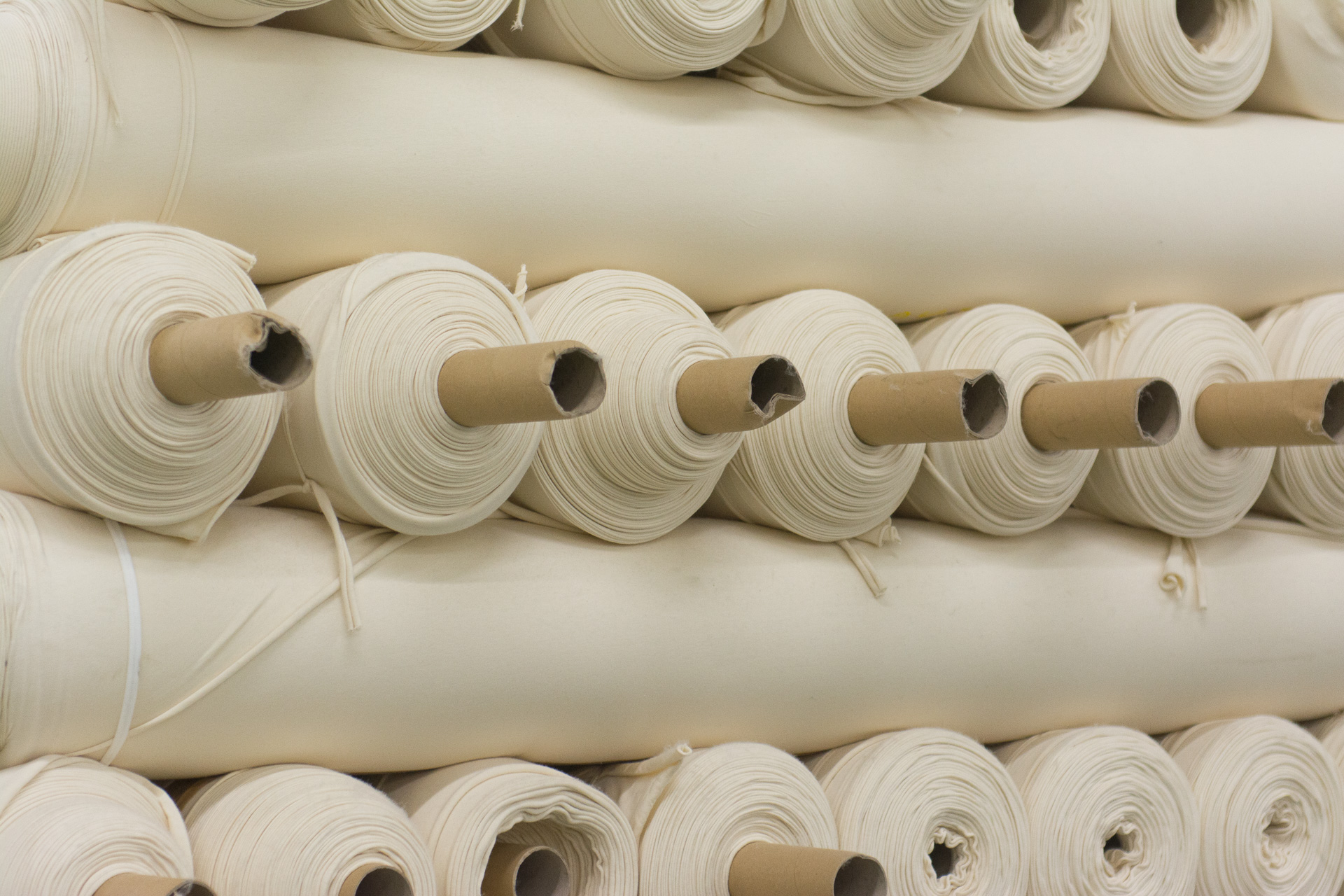
Other additives are only allowed if they are natural raw materials. Substances such as mineral oils, polyol-ester, silicone and emulsifiers used as additives, antistatic agents and surfactants are not allowed. Only mechanical processes are allowed to produce fleece such as compacting, felting and needle-punch.
Having arrived at a finished textile surface, the fabric is prepared for further processing. This includes a number of processes fraught with environmentally detrimental possibilities banned for BEST.
The next step is scouring which removes the previously applied smoothing agents. This is necessary to allow subsequently applied agents to react with or penetrate the fabric. For BEST, only enzymatic substances can be used for this step; acids and per-sulfates are forbidden. Fabrics are often bleached prior to dying to attain a better colour result. For BEST, this can only be done with oxygen, under no circumstances with chlorine, hydrogen peroxide, caustic soda or surfactants. Another frequently used treatment is mercerization, a finishing process used for cotton. In mercerization, cotton is placed under tension in a bath of highly concentrated caustic soda. The chemical reaction makes the cotton more amenable to dyes, gives it a silky sheen and a higher tensile strength. This treatment is not allowed for BEST.
BEST focuses on waste water too. Water-based finishing plants must measure sedimentation, temperature and PH values. Temperature, copper content and chemical oxygen demand (COD) must be continually monitored and meet predefined limits.
Colourful and practical
The next step on the way to the finished garment is usually dying or printing. Both natural and synthetic dyes and helping agents are allowed. However, it must be assured that these meet BEST guidelines. This means they may not contain banned substances. This includes a total ban on heavy metals (with the exception of iron) and AZO-dyes which release amines. Only printing processes based on water or natural oils are allowed, not those involving chemical etching or aromatic solvents.
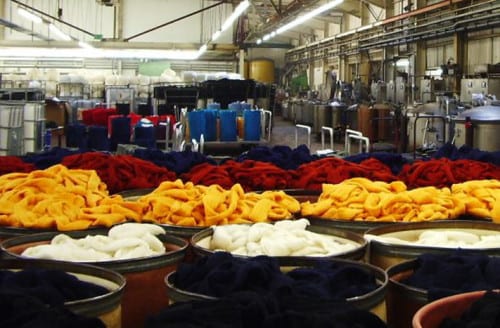
Where it all comes together
The final step in the textile chain is manufacturing, where fabrics are sewn into textiles and garments. Synthetic PES sewing thread is allowed to assure that seams are sturdier in the interest of increased longevity. However, these threads must be covered with cotton. Embroidery threads, however, can only be made of natural fibres. Applications, linings, pockets, interfacing, seam binding, ribbons, cords, labels or lace must be pure natural fibres. For shoulder pads, elastic straps or threads and finishing lace, a blend of synthetic materials is allowed to maintain elasticity. Here too, increasing longevity is recognized as an important attribute.
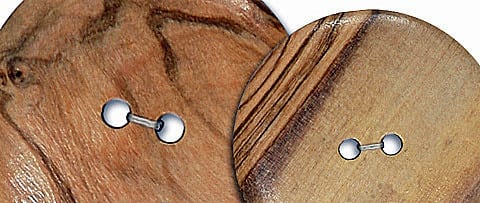
As a final parameter, packaging and shipping are assessed. Products must be warehoused and shipped in a way to avoid contamination through conventional products or non-allowed substances and to prevent confusion with conventional goods. In workshops producing both ecological and conventional products, there must be separate warehousing and clear labelling of ecological fabrics. Packaging materials may not contain PVC. All transportation vehicles and routes must be documented.
Consumer protection
A prime concern for consumers is that no health hazard originate from textile products. To that end, BEST requires that certified textiles undergo a laboratory examination of chemical residues in the finished product. Tests include whether critical substances can be released onto the wearer’s skin through friction (rubbing) or sweat. The parameters for these tests are significantly stricter than those mandated by law. They provide additional assurance for consumers.
lly important as health aspects is the quality of the garment. The BEST standard defines quality parameters that must be met by the finished garment: colour fastness to rubbing, colour fastness to sweat, colour fastness to light, shrinkage, fastness to washing and, of prime importance for baby’s garments, fastness to saliva.
Social Accountability
When we in Europe buy cheap clothing, the workers involved in their production pay the price difference. Lack of workplace security, below subsistence wages, mistreatment, child labor – these are only a few examples of the onerous situations faced every day by many textile workers in supplier countries.
